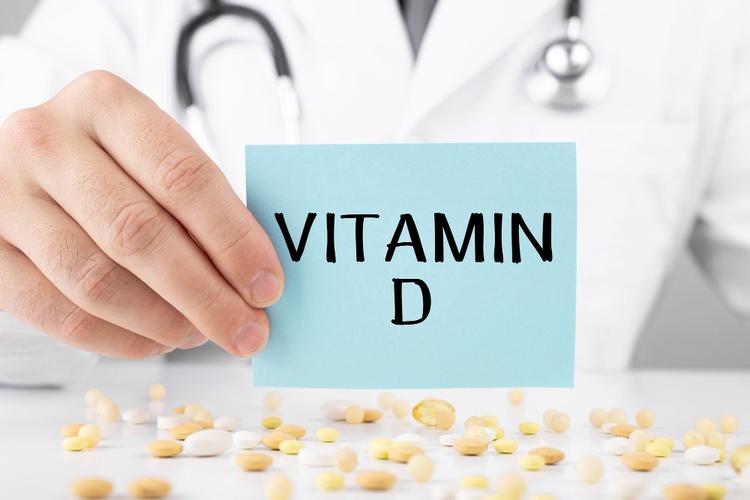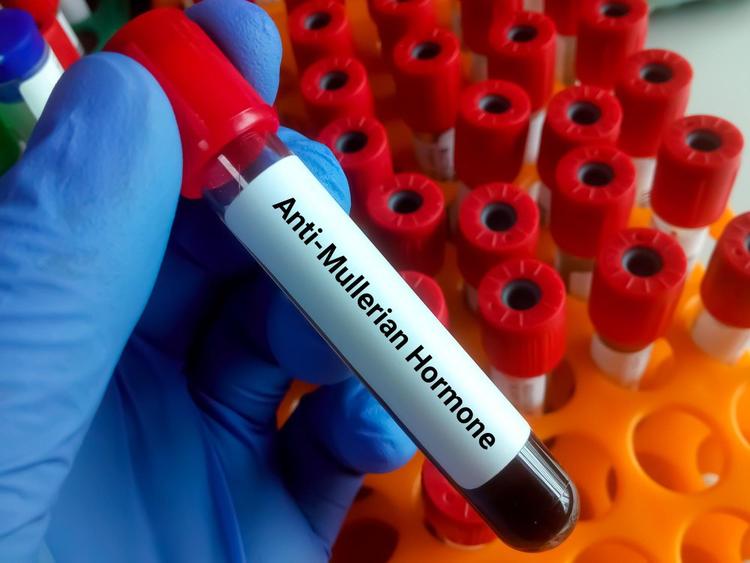Sexually Transmitted Diseases (STD): symptoms of STD in men and women

Medically Reviewed By
Dr Divya Rohra
Written By Srujana Mohanty
on May 10, 2022
Last Edit Made By Srujana Mohanty
on Feb 26, 2025

According to the World Health Organization (WHO), there are approximately 376 million cases of sexually transmitted infection including clamydia, syphilis, trichomoniasis, and gonorrhea reported every year around the globe. Around 6% of the adult population in India, that is, approximately 30 million people are known to be infected with sexually transmitted diseases every year. With the alarming rise in the cases of STDs in India, strategies like counseling and multidisciplinary approach is used to control the spread of these diseases. Since, these diseases can lead to infertility in women, its control is more important to stop the increasing cases of infertility. In this article, let us know about what are the common sexually transmitted diseases and their symptoms in males and females so that you can observe them and get your disease diagnosed at an early stage.

What are sexually transmitted diseases (STD)?
Sexually transmitted diseases (STDs) or infections (STIs) are the ones that are passed from one person to another due to sexual intercourse that can be oral, anal, or vaginal. The infection can also be transmitted from a mother to the baby during pregnancy, birth, or breastfeeding. Sexual contact transmits approximately 30 different bacteria, viruses, and parasites. Out of these 30 micro-organisms, 8 microbes are known to be involved in the cases of sexually transmitted diseases. Currently, STDs caused by 4 microbes: syphilis, chlamydia, gonorrhea, and trichomoniasis are curable while there is no treatment option available for the other 4 STDs, that includes, human papillomavirus (HPV), HIV, herpes simplex virus (HSV), and hepatitis B.
What are the symptoms of STD in males?
Sexually transmitted diseases(STDs) in males can be grouped into three types depending upon how the infection is spread. These include diseases that lead to genital lesions including abnormalities or sores on the genital organs, inflammation of the urethra (known as urethritis), and systemic diseases that lead to development of the symptoms throughout the body. The commonly occuring sexually transmitted diseases in males include trichomoniasis, chlamydia, genital herpes, HIV, Hepatitis B and C, genital warts, syphilis, and gonorrhea.
Trichomoniasis
This STI is caused by a single-celled parasite, Trichomonas vaginalis. This parasite often causes asymptomatic infection and is more common in males. The symptoms (if they appear) may take 5 to 28 days to appear from the exposure to the virus. The symptoms of trichomoniasis in males include:
- Discharge from the penis
- Irritation or itching inside the penis
- Painful urination
- Pain during sexual intercourse
Chlamydia
It is a bacterial infection that is very difficult to diagnose. This is because the infection causes some or no symptoms at all at an early stage. The symptoms (if they appear) take almost 1-3 weeks after exposure to the bacteria. The symptoms of chlamydia in males include:
- Pain in the lower abdomen region
- Painful urination
- Discharge from the penis
- Testicular pain
Genital herpes
Genital herpes is a contagious sexually transmitted infection caused by the herpes simplex virus (HSV). The virus can be HSV type I (HSV-I) virus and HSV type II (HSV-II) virus. The HCV-II virus is generally responsible for genital herpes, however, HSV-I also affects the genital area. This virus can enter your body through small cuts in your mucous membrane or skin. HSV infection is generally asymptomatic, therefore, you don;t know that you are infected until and unless you the infection spreads in your body. Some ofthe symptoms of genital herpes observed in males include:
- Painful blistering sores on the areas of your body that are sexually exposed.
- Painful urination
- Pain or tenderness in the genital areas
- Swollen lymph nodes in the groin area
- Flu-like symptoms including muscle aches, headache, and fever.
HIV
HIV infection is one of the most common yet severe sexually transmitted infection. The virus spreads through sexual contact, sharing needles, or from a mother to the growing fetus. HIV gradually leads to immune suppression, that is, dysfunctioning of the immune system of the body. The common symptoms of HIV in males include:
- Headache
- Fever and chills
- Sore throat
- Rashes
- Swollen lymph glands
- Persistent and unexplained fatigue
- Weight loss
- Diaahea
- Cough and shortness of breath
- Night sweats
- Unusual opportunistic infections
Hepatitis B and C
Hepatitis B (HBV) and C (HCV) virus are two sexually transmitted virus that causes the inflammation of the liver. The infection can be transferred to others by contact with the blood of an infected individual as well. Chronic hepatitis B infection can lead to lung cancer in severe cases. The symptoms of HIV include:
- Fatigue
- Abdominal pain or discomfort
- Vomiting
- Nausea
- Fever
- Loss of appetite
- Joint or muscle pain
- Dark urine
- Jaundice
- Itching
Genital warts
Genital warts are caused by the human papillomavirus (HPV). HPVs cann cause common warts as well, but when they spread during sexual activity, these warts are termed as genital warts. The symptoms of genital warts in males include:
- Flesh or gray colored small swelling in the genital area
- Bleeding during the intercourse
- Several warts can grow close together taking the shape of a cauliflower
- Discomfort or itching in the genital areas
Syphilis
Syphilis is a sexually transmitted diseases caused by bacteria. These bacteria not only affect your genitals but can also affect the mucous membrane, skin, heart, and brain. The infection can ba asymptomatic or symptomatic. The symptoms of syphilis infection include:
- Fever
- Appearence of rashes or small pores on your body
- Fatigue
- Feeling of discomfort
- Enlarged lymph nodes
- Soreness and aching
- Numbness
- Blindness
- Paralysis
- Lack of coordination
- Dementia
Gonorrhea
Gonorrhea is a sexually transmitted bacterial infection of the genital tract. The bacterial infection can affect various parts of your body including eyes, mouth, throat, and anus. You may observe the symptoms of gonorrhea within 10 days of exposure to the bacteria. The symptoms of gonorrhea infection includes:
- Discharge from the penis, that is, bloody, thick, and cloudy.
- Swollen and painful testicles
- Anal itching
- Painful bowel movement
- A burning sensation or pain while urinating
What are the symptoms of STD in females?
Sexually transmitted infections (STIs) in women might remain asymptomatic. Therefore, if these infections are not treated at the right time, it can lead to cervical cancer and infertility as well. Thus, with severe complications of STI, it is very important to practice safe sex. HPV is one of the most common sexually transmitted infections occuring in females and the leading cause of cervical cancer as well. Gonorrhea and chlamydia are bacterial infection that are transmitted sexually. The gynecologist generally automatically checks for the infection of these bacteria during regular check-ups. Genital herpes is also a commonly occuring infection in women between the age of 14 - 49 years. According to the Centers for Disease Control and Prevention (CDC), it is estimated that around 1 in every 6 people within this age group suffer from genital herpes. The common symptoms of sexually transmitted diseases in females include:
Changes in urination
You may observe an increased frequency of urination, or a burning sensation or pain while urinating. These are some of the common and noticeable symptoms that you can easily observe. The presence of blood in urine is also an indication of sexually transmitted infection.
Abnormal vaginal discharge
Vaginal discharge is common in females, but when the discharge is thick and white in color, it can be an indication of yeast infection. A yellow or green vaginal discharge is a common symptom of trichomoniasis or gonorrhea.
Pain during sex
An abdominal or pelvic pain during a sexual intercourse is not common. Therefore, if you experience a pain in your pelvic or abdominal region during an intercourse, it can be a sign of pelvic inflammatory disease (PID), that is, the advance stage of gonorrhea or chlamydia infection.
Vaginal itching
Itching in the vaginal area is a general symptom which may or may not be because of sexually transmitted infections. If the vaginal itching is due to sexual infection, it can be due to causes like yeast infection, genital warts, pubic lice, allergic reaction, or the early signs of viral and bacterial STIs.
Rashes or sores
The development of rashes, sores or tiny pimples around the vagina of the female is a strong indication of herpes virus infection and syphilis.
Abnormal bleeding
Changes in the menstrual cycle can be due to various reasons including sexually transmitted infections. Abnormal menstrual cycle includes heavy or light blood flow, delayed or early menstrual cycle. Therefore, monitoring the menstrual cycle is very important as itis an indicative marker for various health conditions.
Takeaway
Sexually transmitted infection and diseases are very common in today’s world. It is very important that these conditions are diagnosed at an early stage so that an appropriate treatment can be given to such patients. You must always ensure that you get your tests done if you suspect that you have been exposed to bacterial or viral infections or if you observe any of th esymptoms stated above. Prevention is better than cure, therefore, it is always advised that you practice safe sex and avoid having sexual contact with multiple partners as it increases your risk of development of sexually transmitted ingfections.
Frequently Asked Questions (FAQs)
1. Can sexually transmitted diseases be asymptomatic?
Yes, sexually transmitted diseases like gonorrhea and chlamydia are asymptomatic and therefore,, their diagnosis is difficult.
2. Can STDs be caused by kissing?
Kissing is a rare mode of transfer of STDs, but it may lead to the transmit of infections like syphilis, herpes, and CMV.
3. Can STDs be diagnosed through urine sample?
Currently, only STDs caused due to bacterial infection are being diagnosed through a urine test.



